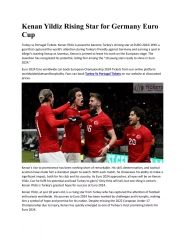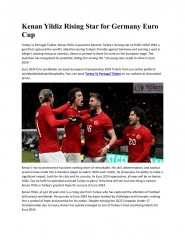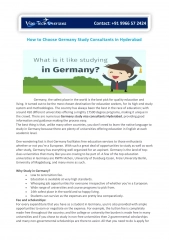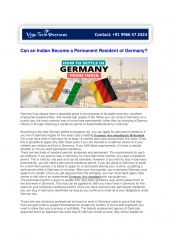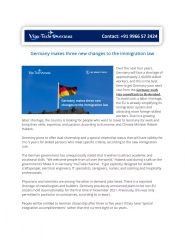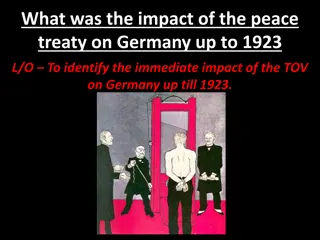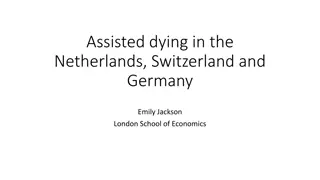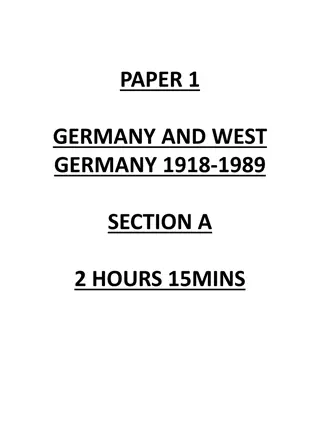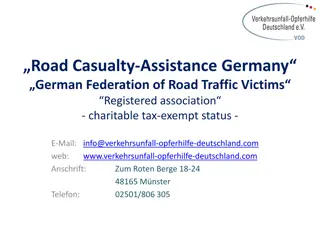
Germany's Recovery from Hyperinflation and International Agreements
Explore the recovery efforts in Germany post hyperinflation era under leaders like Gustav Stresemann, Dawes Plan, Young Plan, Locarno Pact, and Kellogg-Briand Pact. Discover how these initiatives helped stabilize the German economy and foster international cooperation during the interwar period.
Download Presentation

Please find below an Image/Link to download the presentation.
The content on the website is provided AS IS for your information and personal use only. It may not be sold, licensed, or shared on other websites without obtaining consent from the author. If you encounter any issues during the download, it is possible that the publisher has removed the file from their server.
You are allowed to download the files provided on this website for personal or commercial use, subject to the condition that they are used lawfully. All files are the property of their respective owners.
The content on the website is provided AS IS for your information and personal use only. It may not be sold, licensed, or shared on other websites without obtaining consent from the author.
E N D
Presentation Transcript
GCSE Germany Introduction You are to complete the mind map on the next slide using the information on the slides that follow. You can either print out slide 2 and fill it in, or just copy it out on paper
Recovery from hyperinflation Dawes & Young Plans Locarno Pact & Kellogg-Briand Pact Social & Political developments KQ2 Recovery of Weimar US investments League of nations
Recovery from Hyperinflation Gustav Stresemann was made chancellor in August 1923 (for 100 days) and confronted all the problems e.g. hyperinflation, Ruhr, opposition from left and right Nov. 1923 to restore confidence in the German currency, Stresemann introduced a temporary one - the Rentenmark. Issued in limited amounts and based on property values rather than gold reserves. Restored the confidence of the German people in the currency. In the following year, the Rentenmark was converted into the Reichsmark, a new currency now backed by gold reserves.
Dawes Plan US vice-president Charles Dawes led the plan Re-organised reparation payments and reduced reparations a fixed annual scale meaning Germany could afford to pay. Germany had to pay 2.5 million marks a year France withdrawing from the Ruhr USA to make loans to Germany in order to kick-start the German economy. The plan was accepted by the Allies and came into effect in September 1924
Young Plan 1929 Owen Young asked to investigate the payments and came up with a new plan. Made further changes to the reparations plan, which helped Germany. Reparations reduced from 6600m to 1850m Reduced reparations to 2 million marks a year Extended the time Germany had to pay 59 years (1988) French agreed to withdraw from the Rhineland 5 years earlier than stated in the Treaty of Versailles.
Locarno Pact Stresemann wanted to improve relations with France and Britain France needed to feel secure in order to co-operate with changes to T of V 1925 signed with Britain, France, Belgium & Italy To keep existing borders to the west Marked Germany s return to European international scene & saw co-operation with France & Britain
Kellogg-Briand Pact 1928 Germany signed the Kellogg-Briand Pact with 64 other nations. Agreed that they would keep their armies for self-defence and solve international disputes by peaceful means . It showed further improved relations between the USA and the leading European nations and highlighted that Germany was once again one of these.
League of Nations Germany needed to be a member for Locarno Pact to happen 1926 Germany allowed to join Stresemann seen as a hero An international organization, created after the First World War for resolving international disputes.
US Investments The Dawes Plan also aimed to boost the German economy through US loans First loan was 800m marks. Over next 6 years, US companies and banks gave loans of nearly $3000m. US investment not only helped economic recovery, but also enabled Germany to meet the reparations payments
Social Developments Wages many improved by 10%, some of the highest paid workers in Europe, middle class did not benefit, unemployment highest in professions such as lawyers & teachers. Housing shortage in many parts of Germany, invested money into building new homes. Homelessness reduced by more than 60% by 1928 Unemployment insurance benefits to war veterans, single mothers & disabled Women improvements in role of women, gained the vote, equal pay, more jobs bigger advances than most European countries
Political Developments 1924-29 saw greater political stability. Due to Stresemann (Foreign Minister) & Hindenberg (President) Less support for extremist parties e.g. Nazis BUT: Still no single party majority meaning still a coalition government

